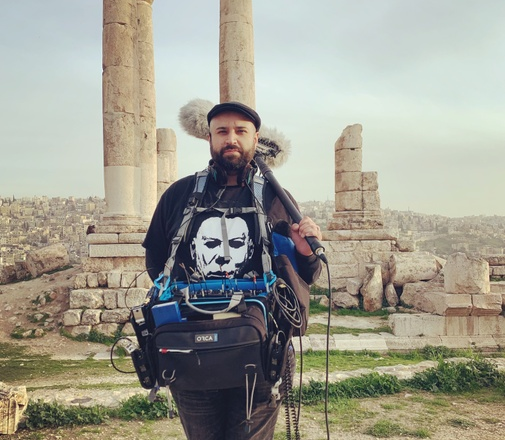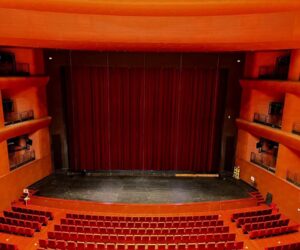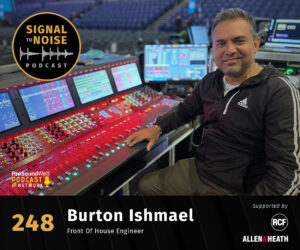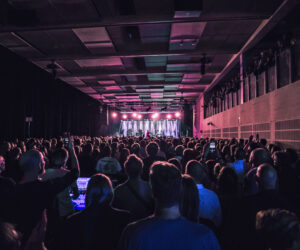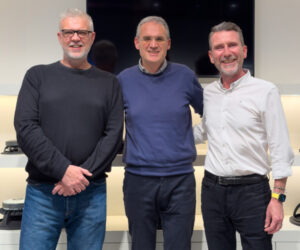Los Angeles-based production sound mixer Stu Chacon, a veteran of reality TV series such as Hot Ones and Sneaker Shopping who faces ever-changing RF situations brought on by constant international travel, utilizes wideband wireless technology from Lectrosonics that includes new digital DCR822 dual-channel receivers paired with SMWB and SMDWB Digital Hybrid Wireless transmitters joined by UCR411a receivers, IFB-R1a receivers and legacy UM400a transmitters for comms.
“Currently I’m working on a hit show about international romance, one partner moving to be with the other, that kind of thing,” says Chacon. “We travel internationally about 90 percent of the time.”
The DCR822 is part of the company’s latest generation of digital wireless but can receive signal from any Digital Hybrid Wireless transmitter made in the past 18 years, which eases Chacon’s choice of wideband. “For a long time, I’ve used the SMV and SMQV for talent mics, and they’re great,” he notes, “but going wideband has just been a thing of beauty.
“We once had to shoot in a hospital in Africa,” he continues. “I had scanned and done my frequency coordination in advance, but we were just outside the building. The minute we went inside, everything went haywire. Of course, this is because medical equipment wreaks absolute havoc with RF. Having the wideband definitely helped me acquire new, clean frequencies on the spot.”
The DCR822, SMWB, and SMDWB can all double as stand-alone recorders, capturing audio to an internal MicroSD card, which has been helpful when the production has needed to minimize the impact on its surroundings. “With the travel and international romance themes, we shoot more than a few scenes in airports,” Chacon explains. “Airports are also notoriously full of RF, and of course you don’t want to interfere with tower communications, so the MicroSD recording makes an ideal backup plan. Also, being in an airport with an audio bag full of gear can make people nervous when they don’t know what it is. Recording right onto the wideband SMs or the 822 lets us keep a lower profile.”
When working with an international and non-professional cast, the IFB (audio monitoring and comms for producers, directors, and other crew) offers a new wrinkle: translation. Chacon points to the flexibility of the R1a beltpack receivers for this application. “We often have translators on set,” he says. “Since you can tune the R1a really quickly, I’ll have the production mix on one channel, then different banks of R1a for the translators. I am looking to upgrade to the R1B, though, because with the digital readout and room for ten frequency presets, it will make things even faster.”
Chacon sees more all-digital wireless in his future. “I’ve always been a huge fan of the UCR411a because it’s been the king of sound quality,” he concludes. “But the DCR822 looks to be the ‘new 411’ in my opinion. It fits in the same mount but has two channels instead of one, so that’s easier on my bag and my back. I currently have two 822s and will eventually replace them in for the rest of my 411s. I’m also eyeing the DCHT for hops and the DSQD receiver for my audio cart.”


